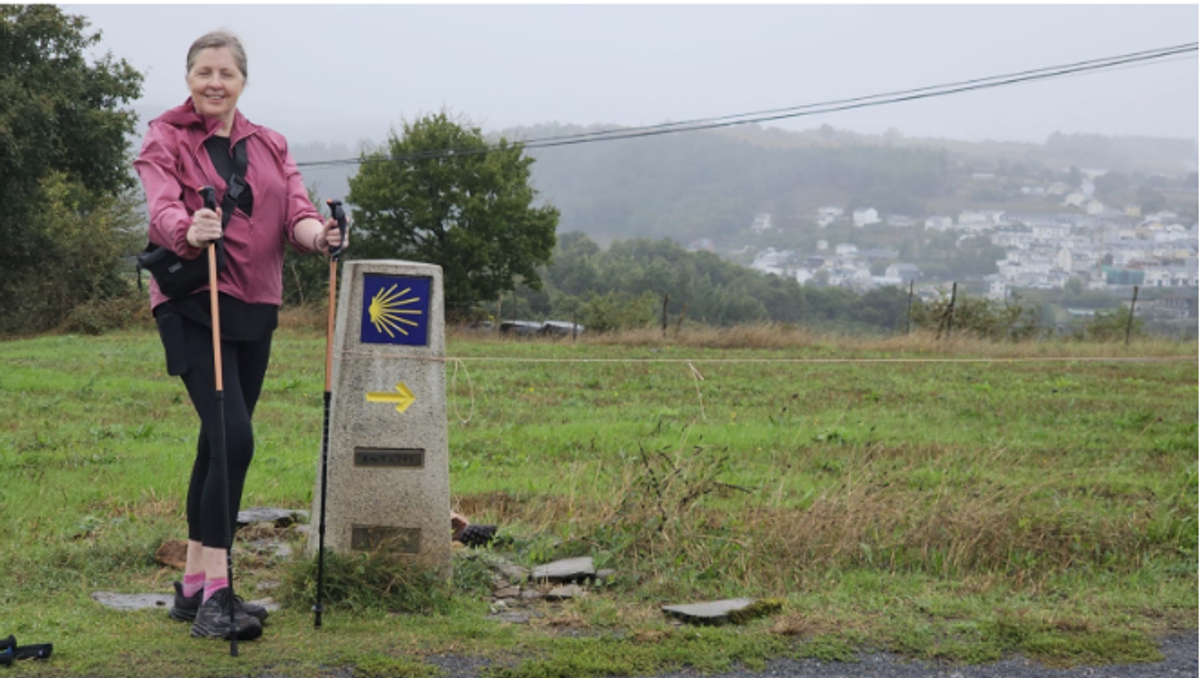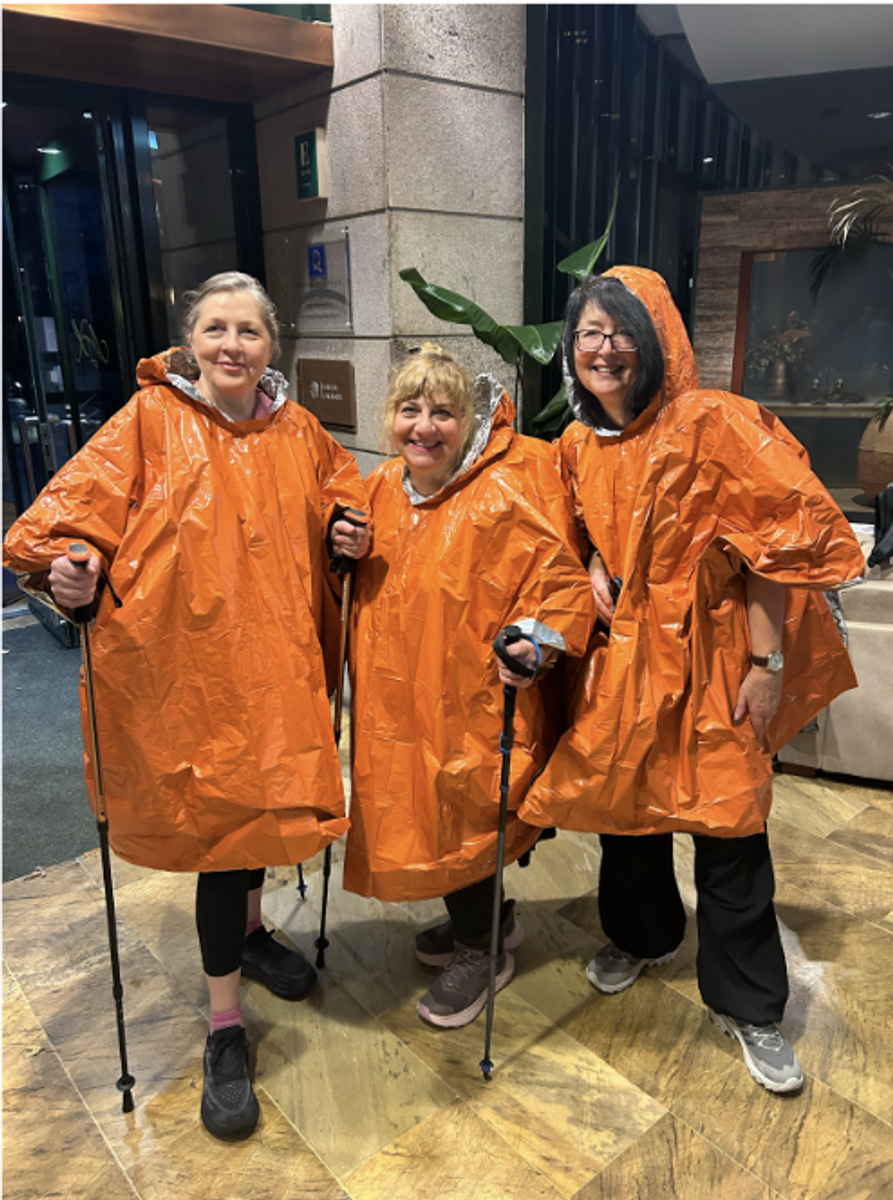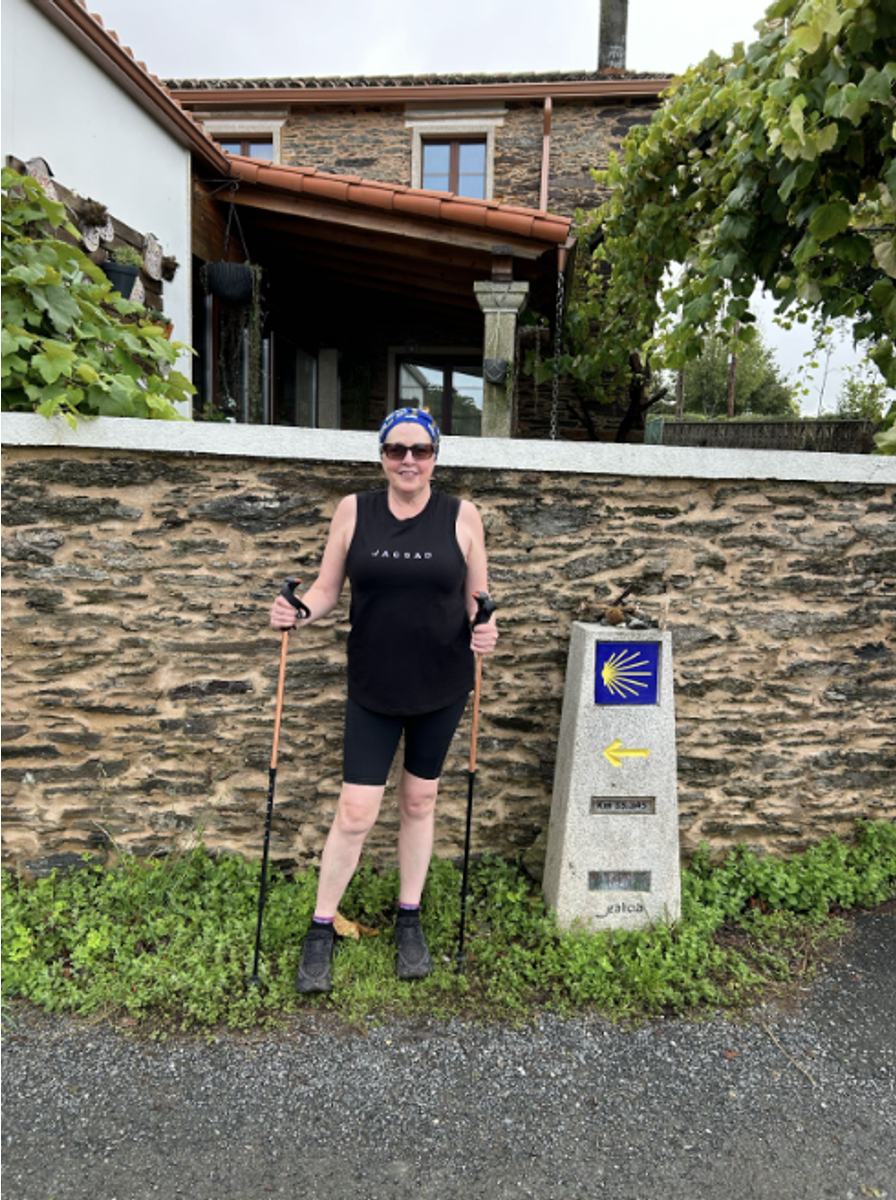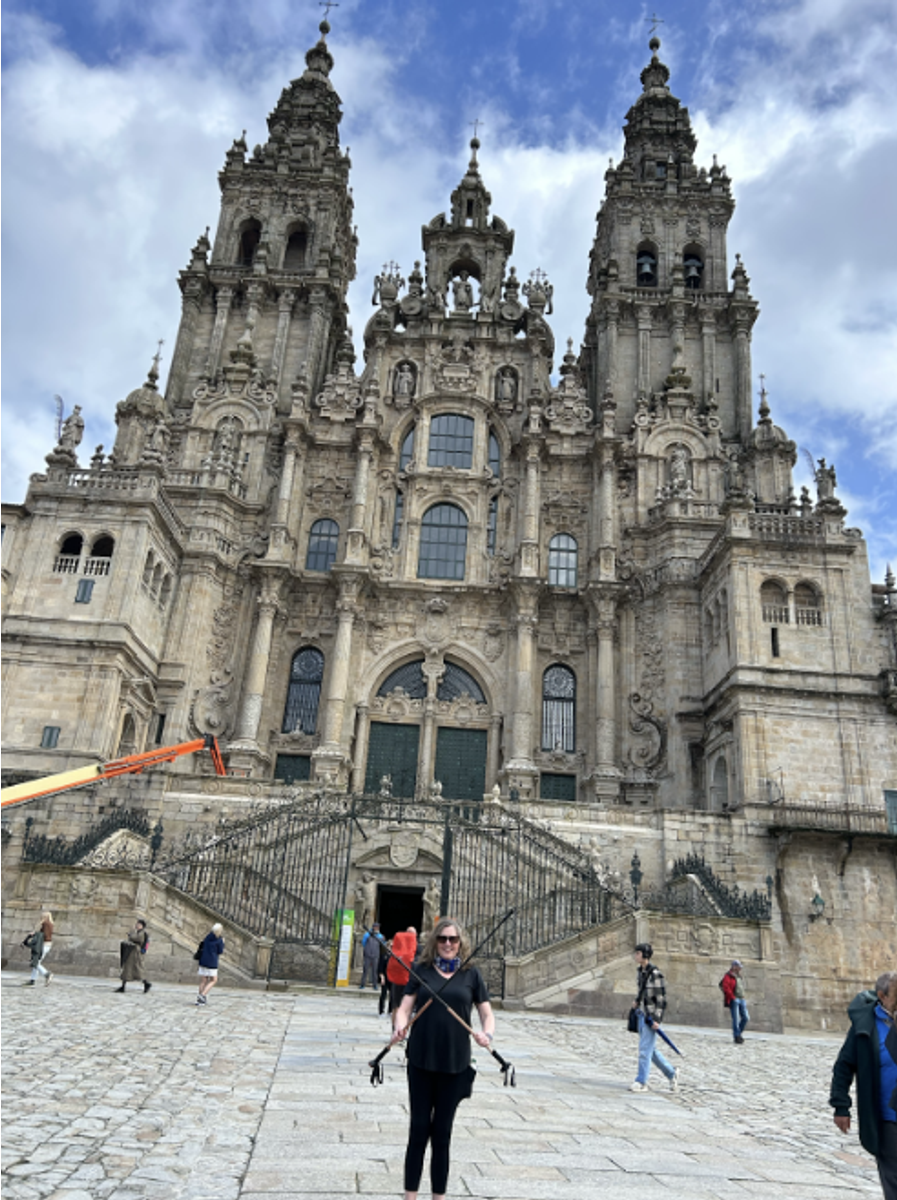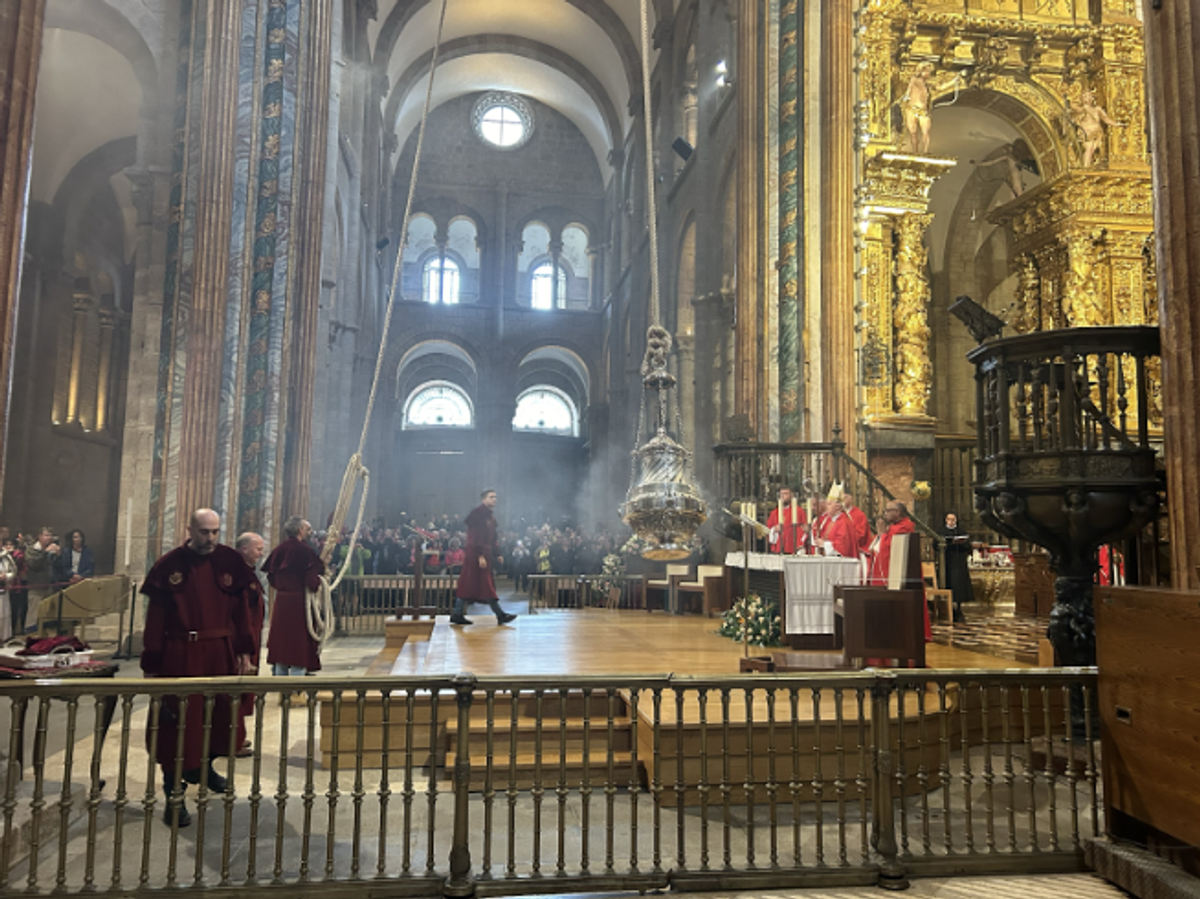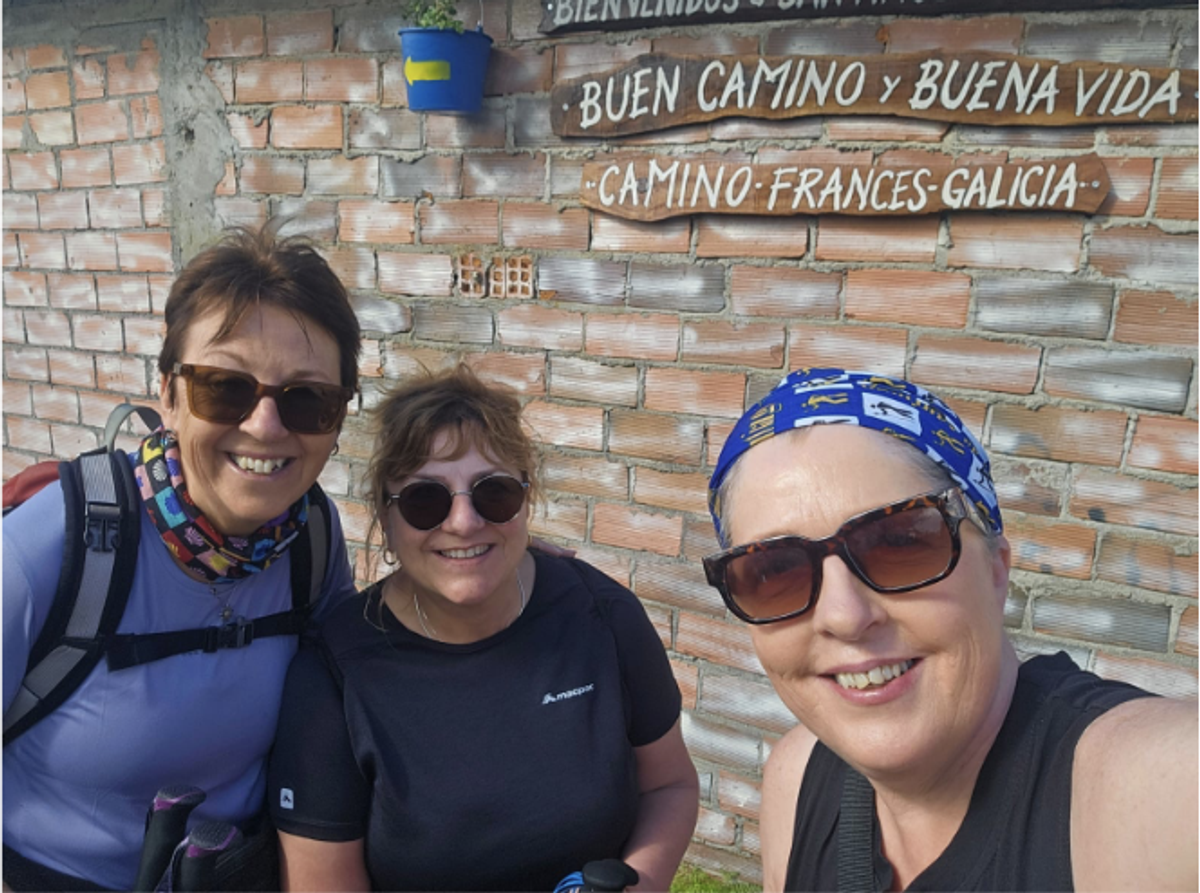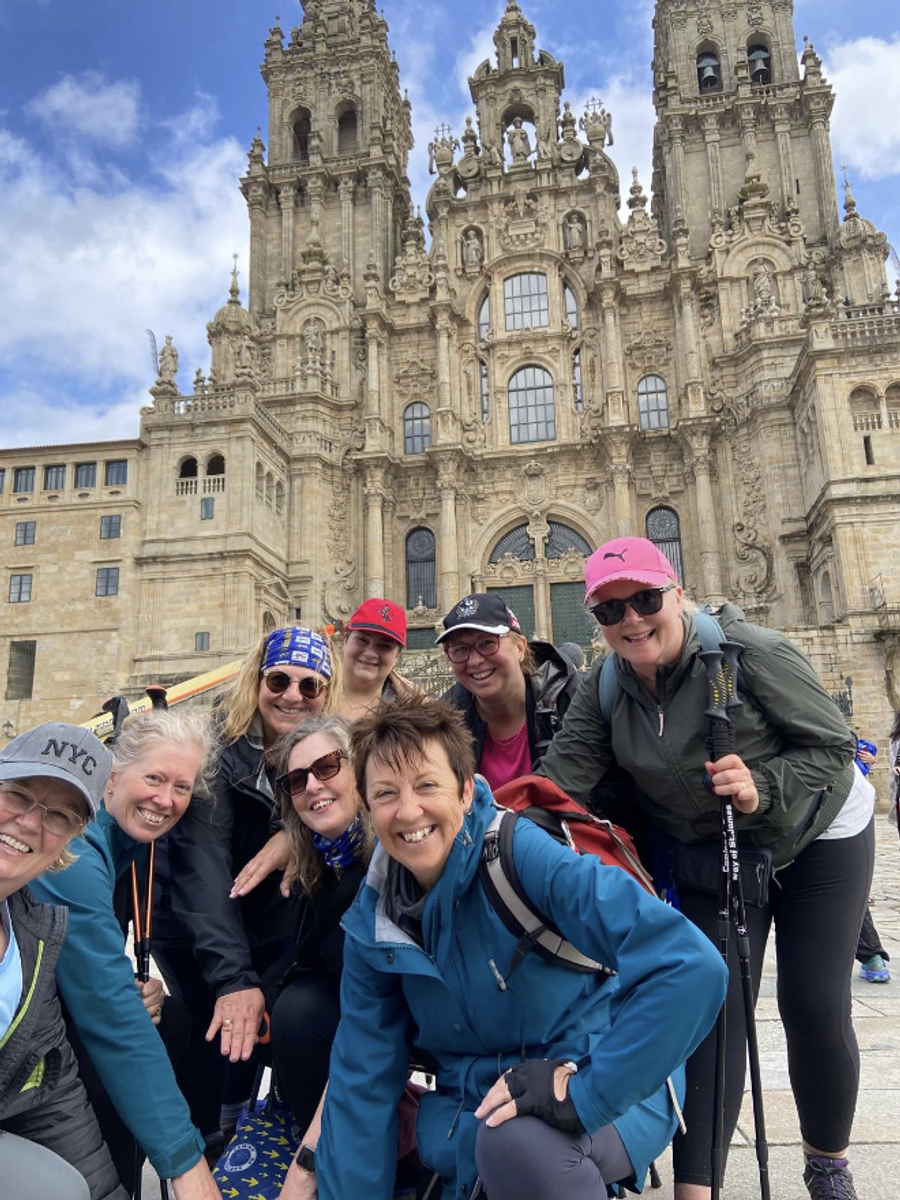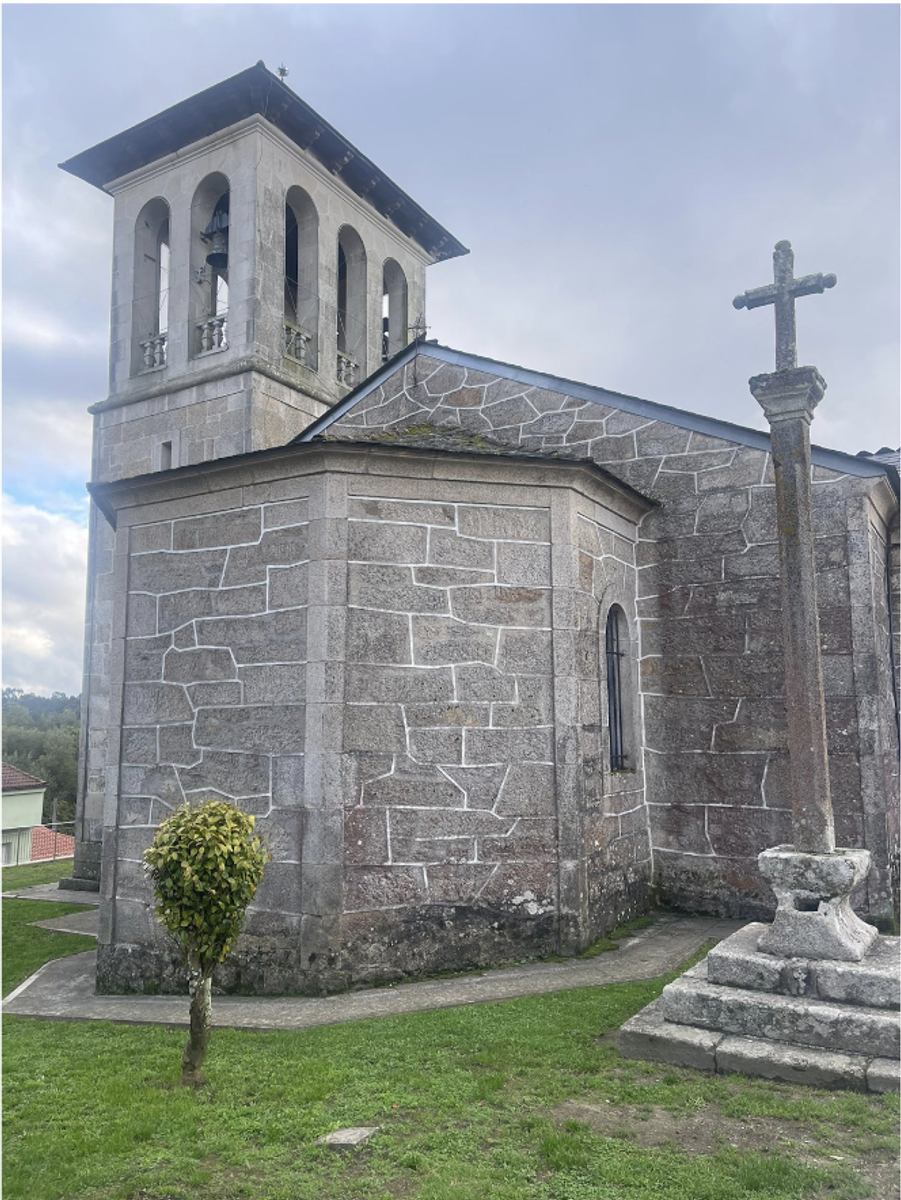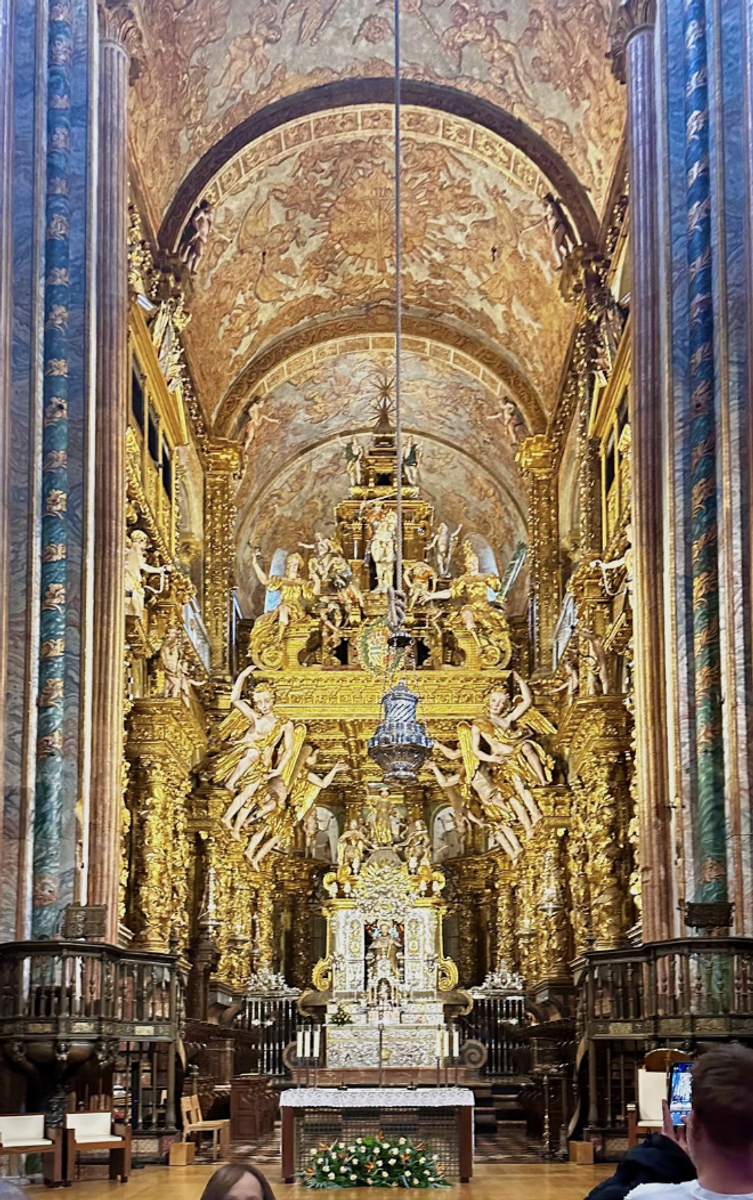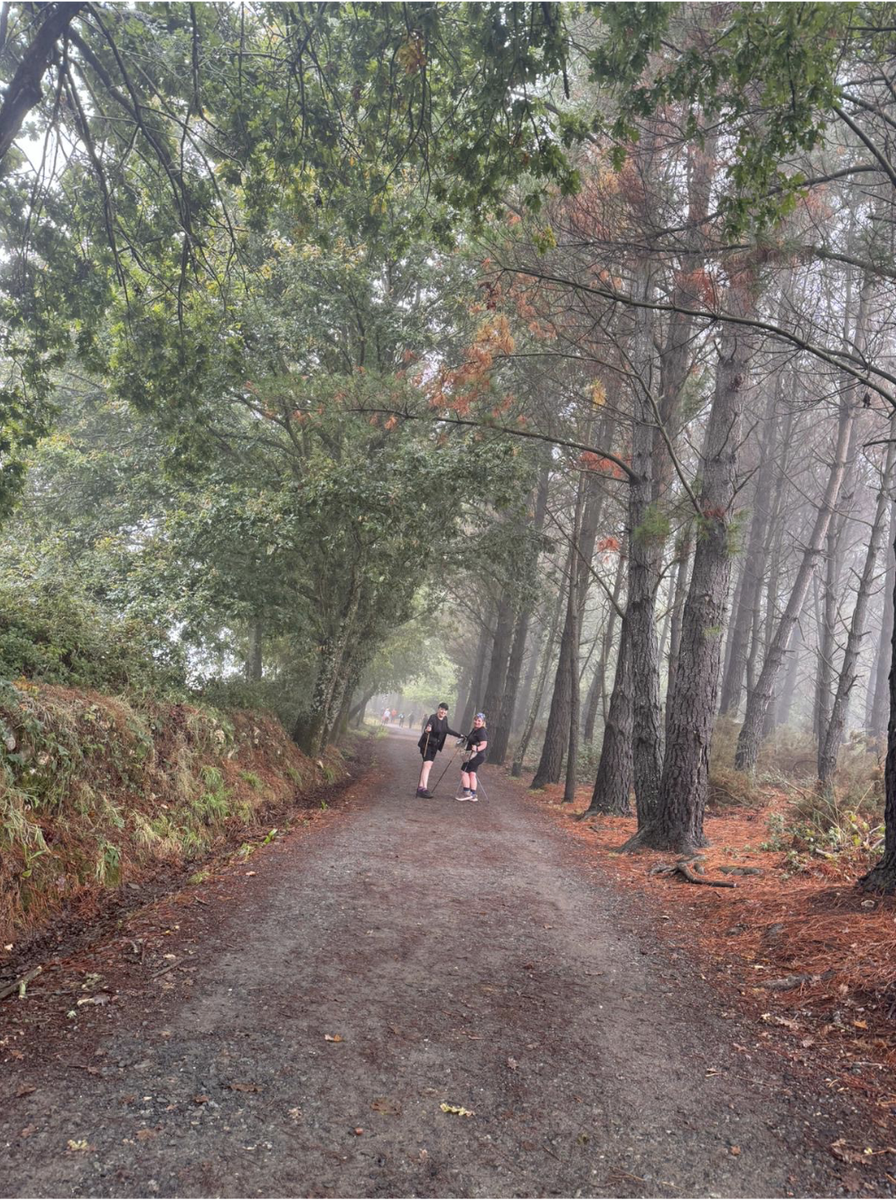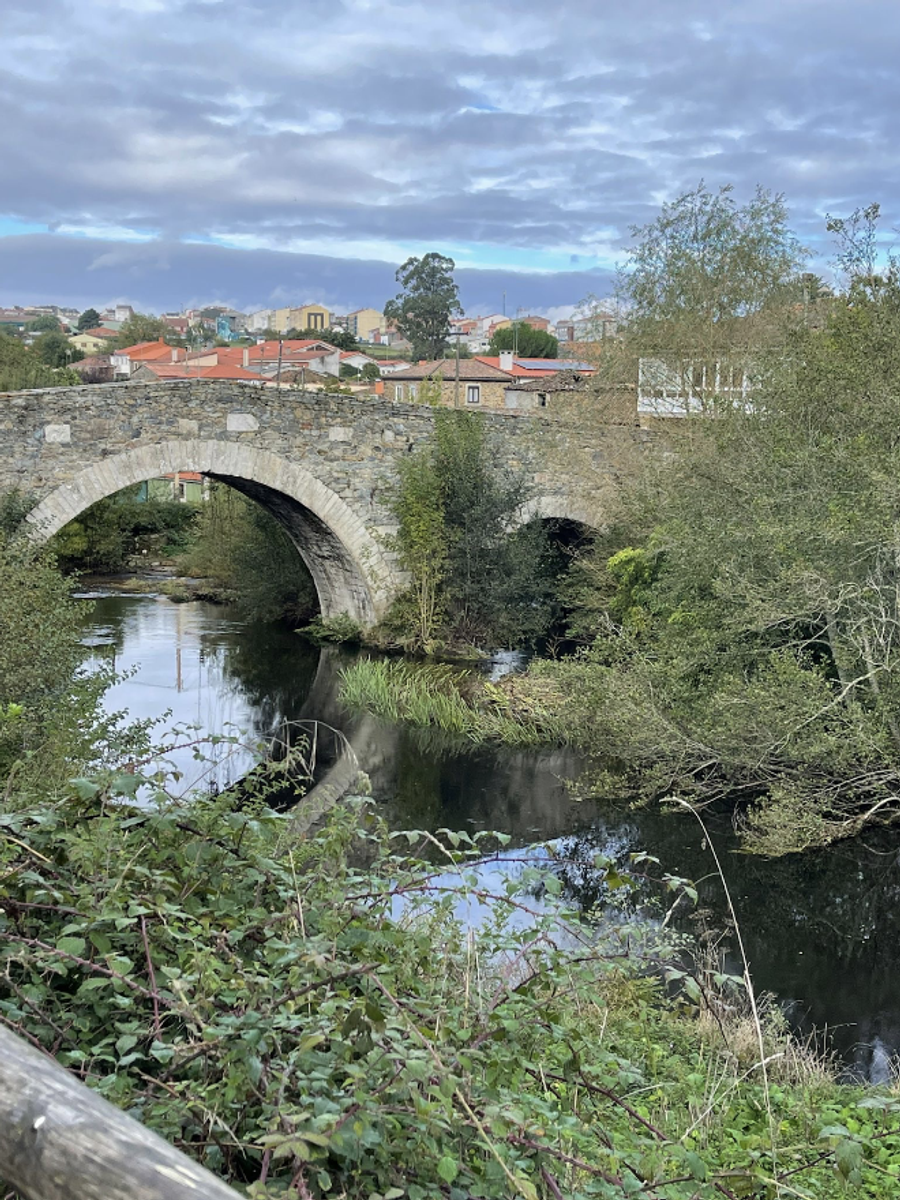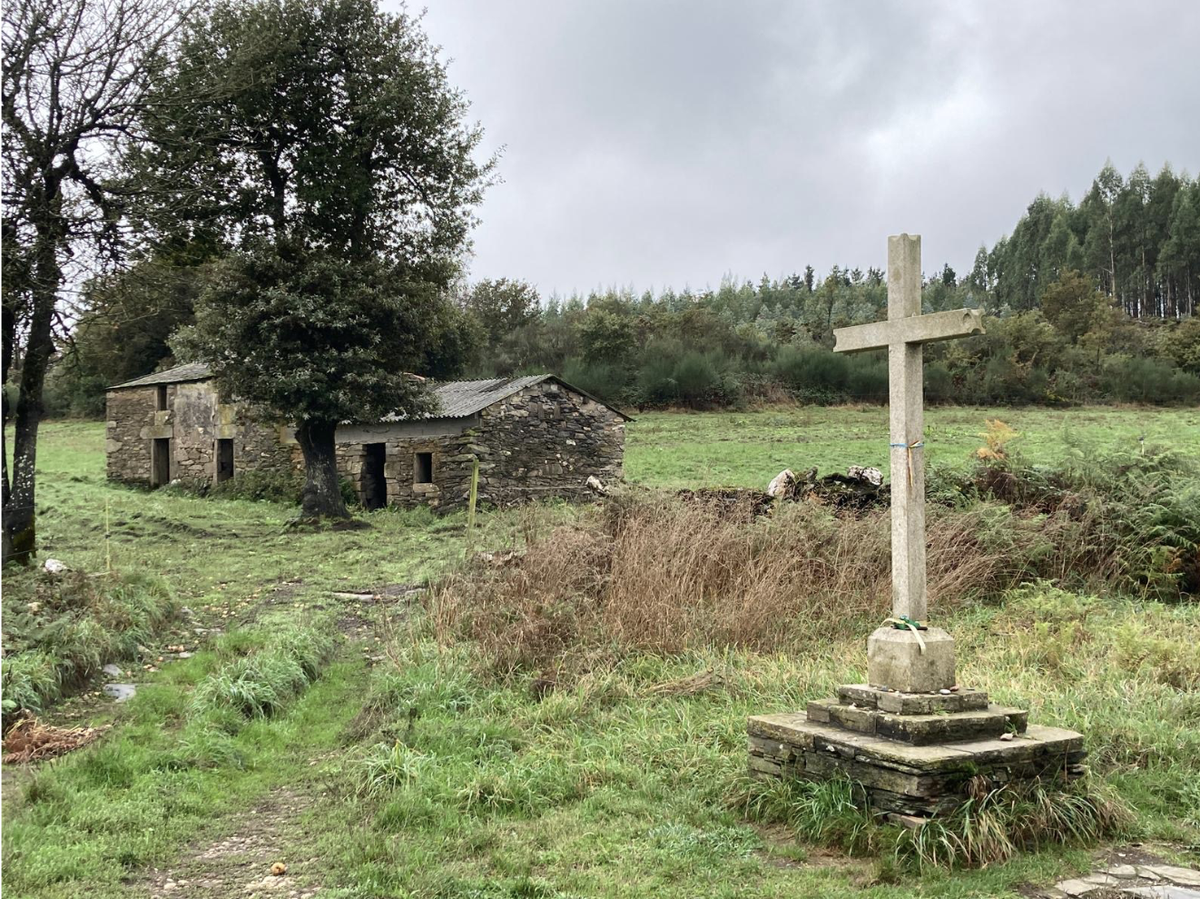Jacqui's Pilgrimage Reflection
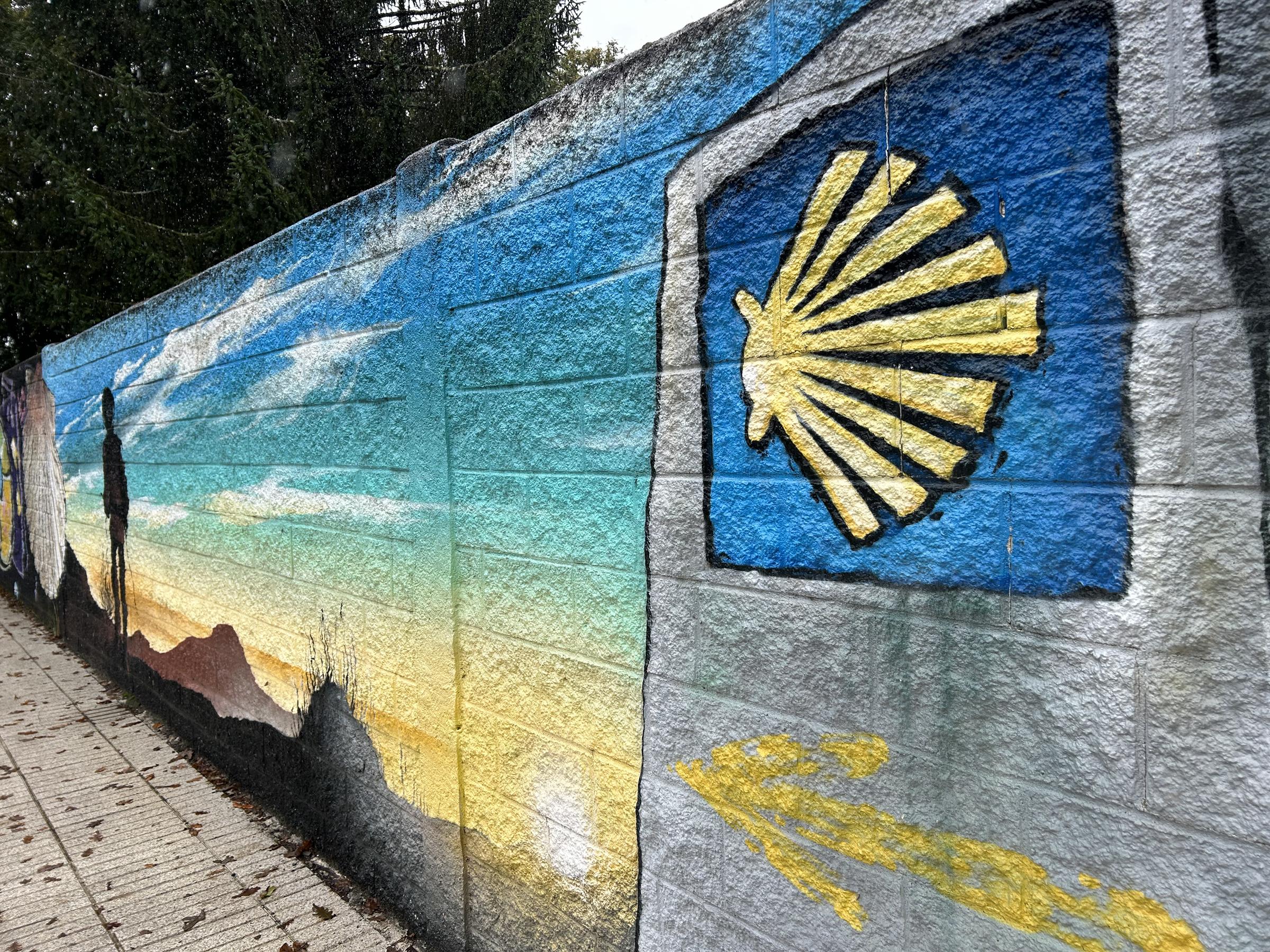
The El Camino de Santiago, or The Way of St. James, is a historic pilgrimage route that leads to the city of Santiago de Compostela in northwestern Spain, where tradition holds that the remains of St. James the Apostle are buried. The walk has religious origins, dating back to the Middle Ages, and was primarily undertaken as a journey of penance and spiritual reflection by Christian pilgrims.
Today, while many still walk El Camino for religious or spiritual reasons, it has evolved into a broader cultural and personal pilgrimage. People from around the world walk the Camino for various purposes, such as seeking personal growth, experiencing nature and solitude, or simply to enjoy the cultural and historical significance of the route. The Camino is a symbol of self-discovery, inner peace, and connection with fellow pilgrims, regardless of one’s faith or background.
I felt privileged and honoured to be able to experience this spiritual journey with 22 other principals in early October. Together we walked 117km in 5 days from Sarria to Santiago. It was an opportunity to be immersed in nature, culture, history, faith and personal growth. On average we walked a distance of 24 km per day. The surface of the trail changed constantly from gravel roads to narrow goat tracks, and from ancient paved roads to gushing steams. Hurricane Kirk tore through Europe and the tail end did not spare us. For two days we walked through torrential rain, but this just added to our experience. We were also blessed with some fine weather which really brought a spring to our step.
Before we embarked on the Camino, our guide encouraged us to drink in the sights, the smells and the sounds as we walked the UNESCO listed trail. He also reminded us to acknowledge fellow travellers with the warm greeting, “Buen Camino” which loosely translated means, “(May your) path be good”.
The terrain and landscape constantly changed. We walked through fairytale forests and medieval villages, where we saw local famers herding stock reminiscent of farming in years gone by. We were often greeted with sweeping farmland and cornfields as far as the eye would see. The terrain was never flat; always undulating. Towards the end of Day 3 we conquered three enormous valleys where the descents were equally as steep as the ascents. Our Swedish/Spanish guide, Daniel, reminded us prior to conquering the valleys, “When you continue walking down, down, down, you will eventually reach the valley floor, and then you will require all your energy to climb up, up and even further up.” On the walk, I often reflected on the words of the song The Lord is My Shepherd...Over the mountains, the waters and byways, valleys and highways he's waiting for me...And while on the journey to where we are going, he promised to be there to help us along.
The wonderful part to walking the Camino is coming across such a variety of people from all corners of life, all walking with a positive spirit and the same destination in mind. There were families, young couples, very elderly couples, groups of youths singing, dogs on leads, cyclists in groups … you name it, we saw it.
The recurrent theme throughout our pilgrimage was, “You never walk alone.” So, while we undertook the journey at our own pace we often walked with friends/colleagues who travelled at a similar pace, often making acquittances with pilgrims from various corners of the globe who shared their stories. At one point we were heading in the wrong direction and a man from Israel who we had met earlier called out to us and said - "No, this is The Way" A sign of how we were all in this together. Through sun, rain, storms, mud, hills, injuries, blisters and even a hurricane, our group sustained a genuinely positive, collegial and humorous demeanour throughout the Camino de Santiago.
At the conclusion of our pilgrimage we gathered in a small square in the town of Santiago de Compostela as we were all walking at a different pace. When the last arrived, we all walked as a collective group further into the town and gathered in the enormous expanse in front of the Cathedral of Santiago de Compostela (or the Cathedral of St James). Here we gathered with many other pilgrims who had finished the journey for group photos.
The following day we joined many other pilgrims for midday mass in the cathedral. Prior to the mass we had the opportunity to visit the site where the remains of St James are interred. Towards the conclusion of the mass, the Botafumeiro – an enormous incense burner – is lit and swung from the ceiling. People had told me of its enormity but nothing prepared us for what we witnessed on the day. The Botafumeiro is swung across the length of the naves of the church above the heads of all in the congregation. According to legend, the first temple censer was built for hygienic reasons during the eleventh century.
This was truly an experience I will treasure forever. I hope my photos give you some idea of the richness of this pilgrimage as I continue to reflect on this amazing opportunity to enrich my faith.

